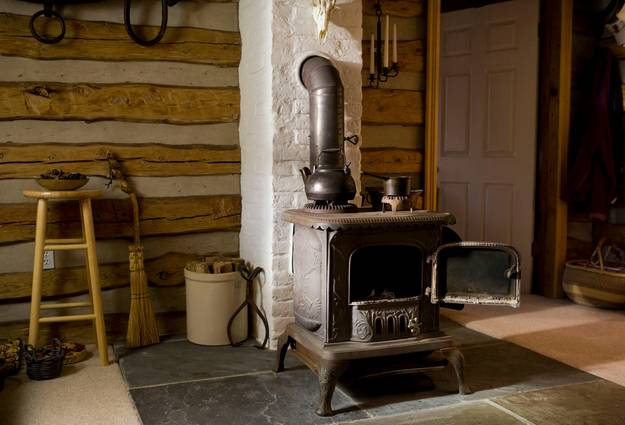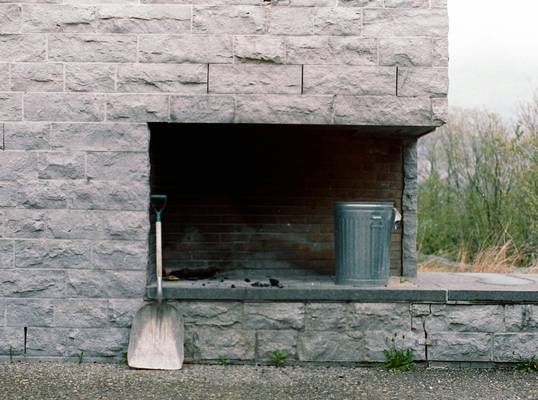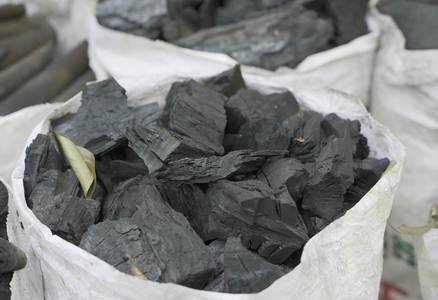
What Is a Coal Stove?
A coal stove is a freestanding heating appliance designed to burn anthracite or bituminous coal for heat. Coal stoves are prized for their high, steady heat output and exceptionally long burn times—many can run for 12–24 hours without refueling. Historically favored in cold climates, modern coal stoves offer improved efficiency and safety features while preserving their reputation for powerful home heating.
- Fuel: Anthracite (hard coal) or bituminous (soft coal)
- Efficiency: 60–80% (varies by model)
- Installation: Requires chimney or approved venting system
- Best For: Very cold climates, long burn needs, rural/off-grid settings
Types of Coal Stoves
1. Hand-Fired Coal Stoves
These traditional stoves are loaded and adjusted by hand. The user adds coal, manages the air controls, and shakes the grates to remove ash. Hand-fired stoves are simple, reliable, and can be used off-grid, but require more user attention.
- Manual loading and ash removal
- Low tech—no electricity needed
- Long, steady heat once established
2. Stoker Coal Stoves
Stoker stoves use an automatic feeder (hopper and auger) to deliver coal into the fire, similar to pellet stoves. They often feature thermostatic control for consistent heat and require electricity for operation.
- Automated fuel feeding and air control
- Steady, programmable heat output
- Require power and regular maintenance
Both types are available in a range of sizes and styles, from antique-inspired cast iron to modern steel designs.
How Coal Stoves Work
Coal stoves burn coal in a firebox designed to promote efficient combustion and long burn times. Air is supplied below the fuel bed (underfire air) to support burning, and most stoves use shaker grates to drop ash into an ash pan for easy removal. Stoker models automate much of this process, while hand-fired stoves rely on manual tending. Chimney draft is essential for safe operation, as coal produces significant smoke and gases.
- Underfire Air: Required for proper coal combustion
- Shaker Grates: Allow ash to be removed and keep airflow steady
- Chimney: Essential for venting smoke and gases
- Thermostatic Control: Available on stoker models for consistent heat
Advantages of Coal Stoves
- Long Burn Times: 12–24 hours per load with minimal tending (especially anthracite)
- High Heat Output: Ideal for large spaces and extreme cold
- Fuel Storage: Coal is dense, compact, and stores well for long periods
- Off-Grid Capability: Hand-fired models work without electricity
- Cost-Effective: In regions where coal is affordable and available
- Consistent Heat: Even, steady warmth with less fluctuation than wood
- Durable Construction: Many stoves last for decades when maintained
Coal Stove Installation & Safety

- Install on a non-combustible hearth or approved floor pad
- Maintain manufacturer-required clearances from walls and furniture
- Use a chimney or venting system rated for coal smoke (corrosive gases)
- Install carbon monoxide and smoke detectors nearby
- Schedule regular chimney cleaning to prevent blockages and corrosion
- Check local codes—coal stoves may be restricted in some areas
Coal Stove Fuel: Anthracite vs. Bituminous
- Anthracite: Hard coal, burns hotter, cleaner, and longer; less smoke and ash; preferred for home stoves
- Bituminous: Soft coal, more smoke/soot, higher volatile content; less commonly used in modern stoves
- Coal is sold in bags or bulk; store in a dry, covered area to prevent moisture absorption
- Never burn wood, trash, or other fuels in a coal stove unless specifically rated as multi-fuel

Coal Stove Maintenance & Cleaning
- Shake grates and remove ash daily or as needed (ash must be fully cool)
- Empty ash pan regularly and dispose of ashes safely
- Inspect firebricks, grates, and door seals for wear
- Clean chimney and stovepipe at least once per heating season—coal produces corrosive residues
- Lubricate moving parts (grate shaker, feeder mechanisms) per manufacturer instructions
- Check and clean automatic feeder (stoker) components if equipped
Common Coal Stove Issues & Troubleshooting
1. Poor Draft or Excessive Smoke
- Check chimney for blockages, soot, or creosote buildup
- Ensure underfire air supply is open and unobstructed
- Use dry, high-quality anthracite for best results
2. Low Heat Output
- Stove may be undersized for the space
- Air leaks at doors or gaskets—inspect and replace as needed
- Use correct grade and size of coal for your stove
Comparing Coal Stoves to Other Heating Stoves
| Stove Type | Fuel | Startup | Maintenance | Best For |
|---|---|---|---|---|
| Coal | Anthracite/bituminous coal | Manual or automated | Medium | Long burns, extreme cold, rural/off-grid |
| Wood | Firewood | Manual | Medium–high | Off-grid, renewable, ambiance |
| Pellet | Wood pellets | Automated | Low–medium | Automated, eco-friendly, zone heating |
| Gas | Natural gas/propane | Instant | Very low | Convenience, fast heat, urban |
| Electric | Electricity | Instant | Very low | Zone heating, apartments, rentals |
Note: Coal stoves are unmatched for long, high-output heating but require more maintenance and proper venting than modern gas or electric models.
Coal Stove FAQs
Related Guides
Types of Heating Stoves
Compare coal stoves with wood, pellet, gas, and electric options for your home.
Compare TypesStove Fuel Types
See how coal compares to firewood, pellets, gas, and electric for cost, storage, and heat output.
Fuel ComparisonBest Stoves for Cold Climates
Explore top-performing stoves—including coal—for reliable heating in harsh winter environments.
Read the Guide